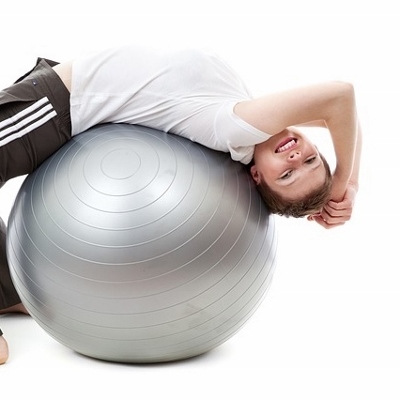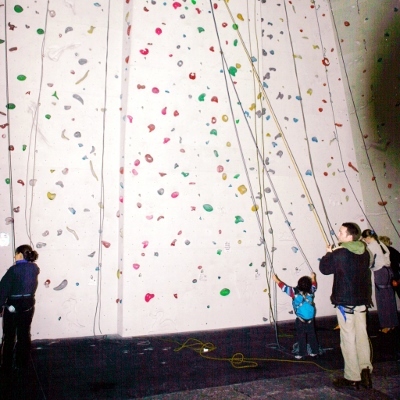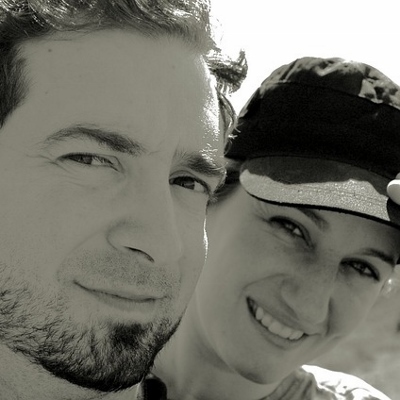 Every runner knows from experience that humid weather is not beneficial to performance. Running outside, we can feel our energy drain as the sweat builds faster than ever before. What is it about the humidity that hinders our running, and what can we do about it?
Every runner knows from experience that humid weather is not beneficial to performance. Running outside, we can feel our energy drain as the sweat builds faster than ever before. What is it about the humidity that hinders our running, and what can we do about it?
Technically speaking, it’s not humidity that’s the problem. The real culprit? High dew point. (We’re not all crazy; humidity and high dew point commonly go hand in hand). Dew point is the temperature at which water in the air condenses. A low dew point is ideal, because your sweat will evaporate quickly, which leaves you feeling cooler. Conversely, the higher dew point, the closer it is to the air temperature, and the less sweat that will evaporate from your body. What you’re feeling is that the air is saturated with water (which we interpret as humidity). As a result, your body’s efforts to cool itself down simply don’t work as they should, and you end up putting much more effort into your workout than usual.
Approach #1: Don’t run in the humidity. This is not to say, “Don’t run at all.” This is to say, “Find a treadmill and run in a controlled environment.” You can get the same aerobic workout by slowing down your effort outdoors. However, if you’re trying to train at a particular pace for a fall marathon or something along those lines, you will need an indoor environment to practice the pace without causing excessive stress on your body.
Approach #2: Don’t run at all. This is to say, “Don’t run at all.” When’s the last time your had a week off? Sometimes using that unexpected heat wave as the week you take off from running will do you more good than trying to push through the weather. Cross-train by swimming or cycling or simply give your body a full rest for a few days.
I know, you’re wondering, but what if I actually want to run outside?
Approach #3: Stay outdoors, but modify your workout. If you choose to run outside, it is recommended that you let go of your target pace and perhaps even distance. (Hitting a target heart rate, on the other hand, is a great way to make sure you getting in a typical workout for the day.) If you were planning a 5 mile run, think about how long that would normally take, and run for that amount of time, rather than the exact distance. Trying to run in the heat without adjusting your training regimen is extremely taxing on the body; the body takes longer to recover, and you may end up in a rut just a few days later.
An upcoming race in the heat is one good reason to practice running in the heat. It takes up to two weeks in an environment to allow your body to adjust as best as it can. Of course, all the usual cautions should be heeded for running in the heat, especially on race day.





